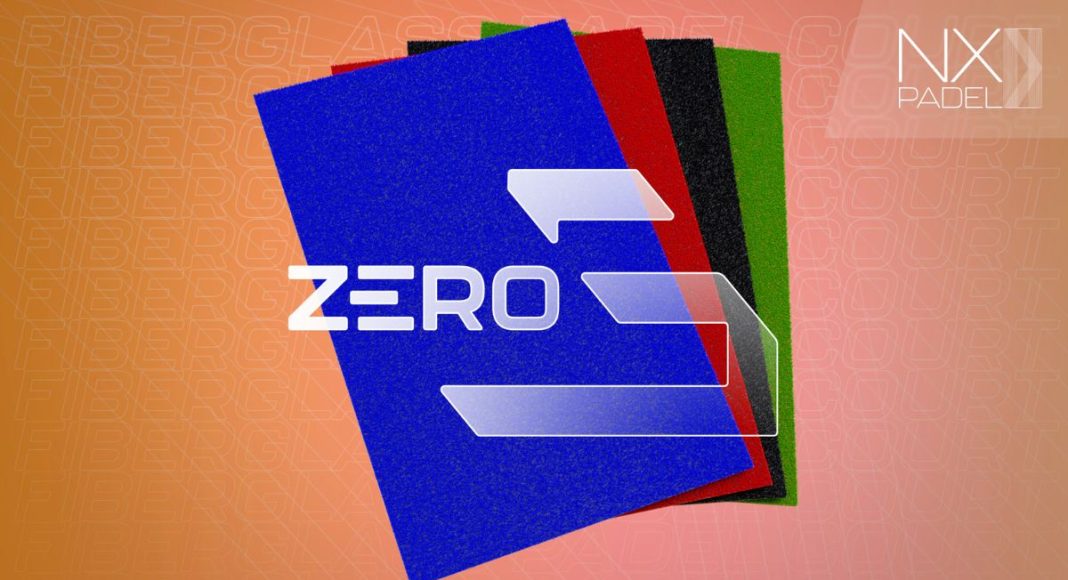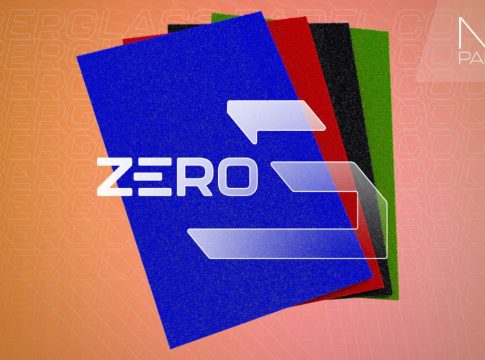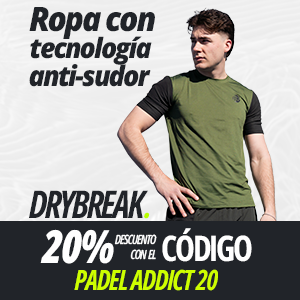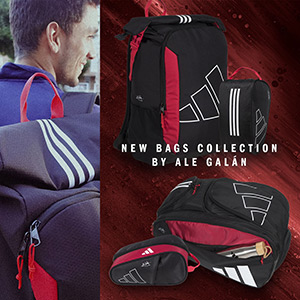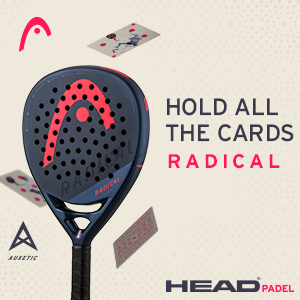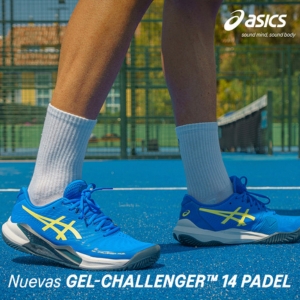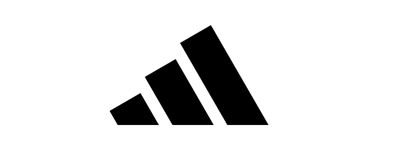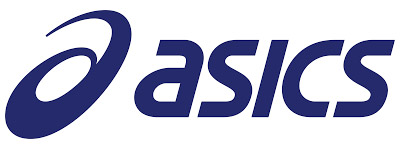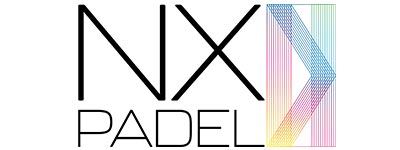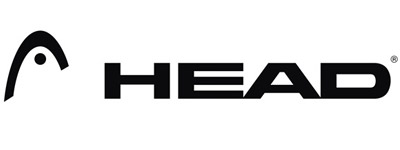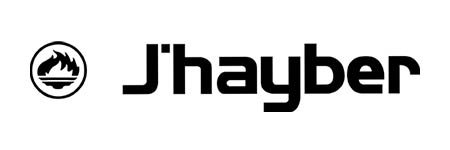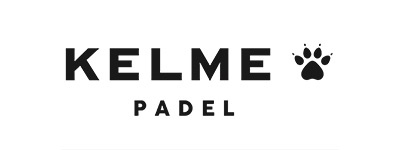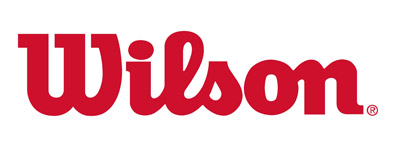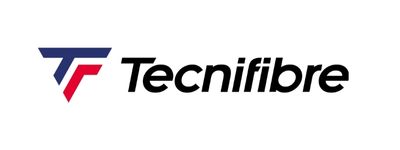The nearly 50 years that separate us from 1974, the year padel was born, are nothing compared to the history of other sports that have had time to evolve over the decades in a much more pronounced and evident way going hand in hand with the progressive advancement of new technologies.
Despite this, padel as we know it today has not always been this way but has nonetheless undergone great changes over time both in terms of the rules of the game, the technique of strokes but also in terms of materials and innovations for rackets and … for padel courts.
Today we will focus precisely on the latter and in this specific article we will focus on the evolution of the different surfaces for padel courts, analyzing what was there at the beginning, up to the alternatives that the market offers today and also some innovations that in recent months are leading to a further leap in quality in the sector, but let’s go in order:
This is how the surfaces of the padel courts have evolved
The surfaces of early padel courts was mostly concrete or porous concrete.
This, had the advantage of requiring relatively low maintenance and ensured long life and excellent permeability. Water was able to penetrate perfectly into the concrete layer, and the court could thus dry out quickly.
The drawbacks, which soon began to be noticed, resided in the great speed of the ball, which, in a much smaller court than in tennis, made the game more complex both for the players on the court but also for the spectators for whom it was much more difficult to follow all phases of the exchange easily.
In addition to this, concrete is a very hard and compact surface and because of this it was realized that it was not comfortable enough, that it did not cushion impacts properly, and because of this there began to be a shift to other solutions.
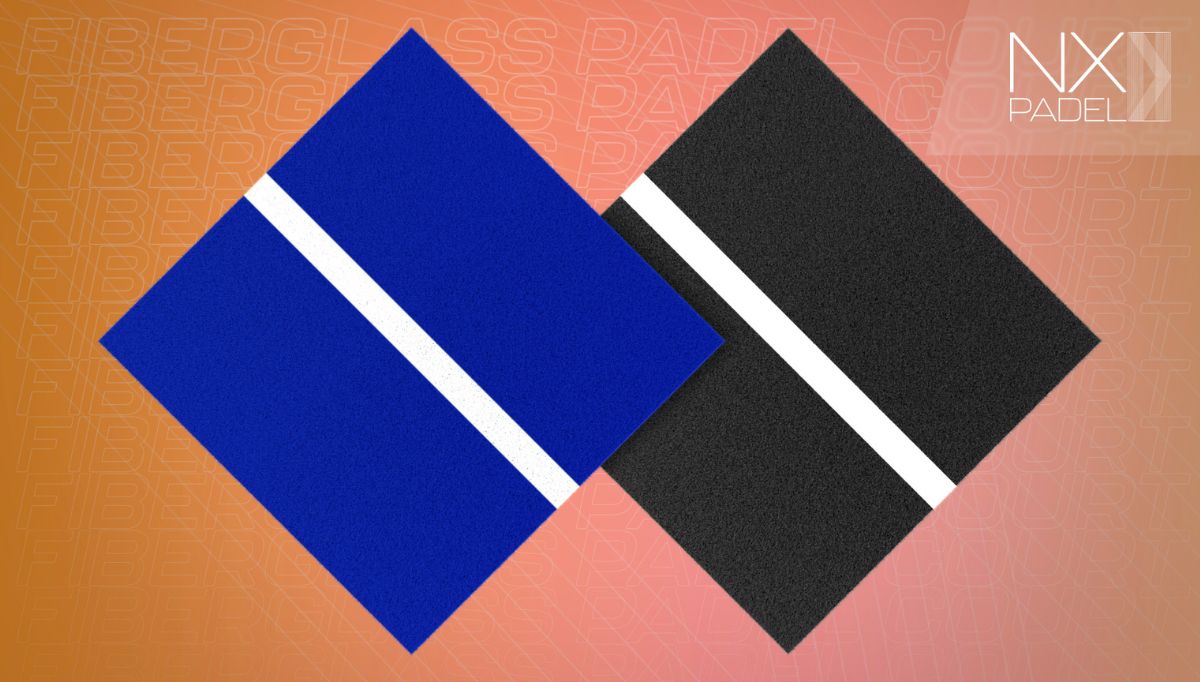
Among these were (although some manufacturers continue to market them today) artificial resins. Thanks to these, it was possible to reduce the speed of the ball compared to concrete and achieve a more cushioning and comfortable surfaces.
The downside, however, was related to the fact that the synthetic resin layer necessarily had to rest on top of some sort of shock-absorbing mattress, and this aspect undoubtedly represented an inconvenience in terms of installation, which, in this way, became more time-consuming and expensive.
In addition, they came to the conclusion that the ball speed, although decreased compared to concrete, was still too high, also and especially because on the horizon was coming the solution we all know and are used to seeing on most padel courts today: synthetic turf.
Thanks to the introduction of this material, it was possible to achieve a much more controlled ball speed and perfectly in line with the characteristics of the game of padel, an excellent grip and great comfort for players who, in this way, are able to benefit from proper cushioning during movements without affecting the joints and the spine.
There are three types of fibers that can be used for synthetic turf padel courts: monofilament, fibrillated or textured, and they differ in the shape of the thread, the speed of the ball and the level of adherence to the ground but also in the aesthetics that can be achieved and of course also in the price on the market.
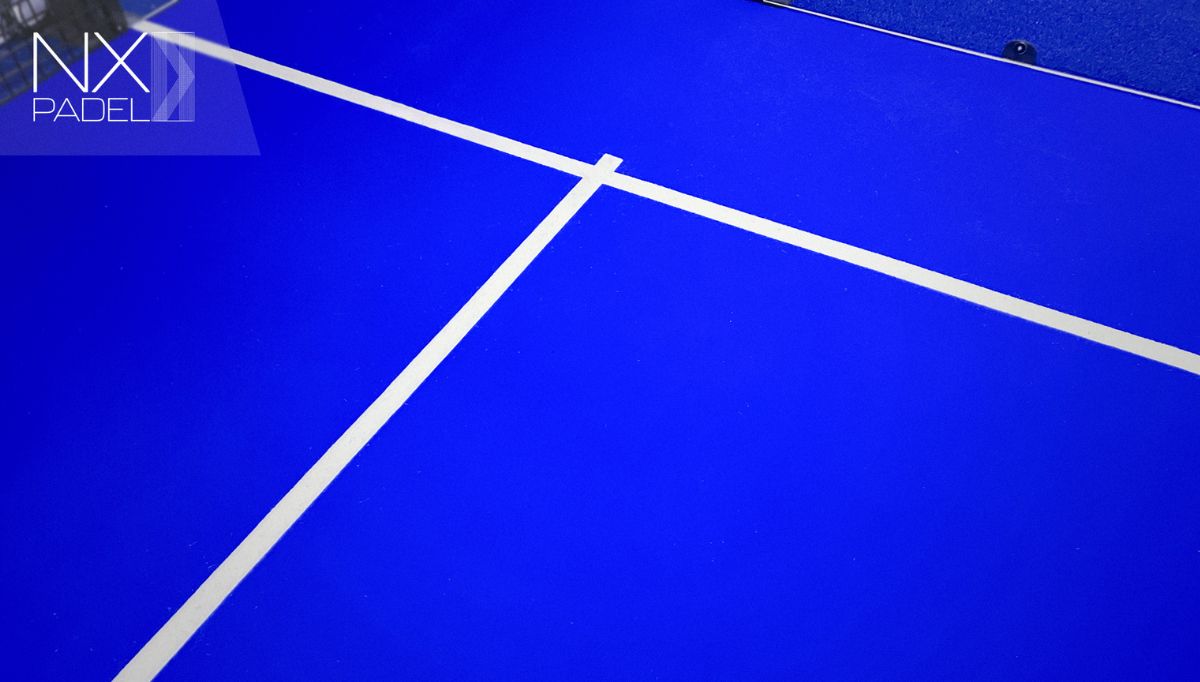
The most renowned option is certainly the textured filament.This one, also used in the World Padel Tour stages, requires less sand (used as infill material) and absorbs shock better, and its fibers manage to provide optimal ball speed, great ground grip and good aesthetics. They are more expensive, however, and the grass is under greater stress, so it wears out more quickly.
In the last few weeks, however, a new solution for padel court surfaces has made its debut on the market, and in this article, we certainly could not refrain from delving into it since it represents an absolute novelty and an unprecedented innovation.
We are talking about a special synthetic turf with textured filaments, whose most emblematic peculiarity is that it is completely sand-free. Launched by NXPadel, the Italian company that has already revolutionized the padel court sector thanks to its Fiberglass structure and ComfortGlass walls, it takes its name precisely from this last feature: ZeroS, in fact, stands for Zero Sand, testifying to the fact that thanks to a greater density of the textured fibers and their lower height, this mat does not require the use of sand as infill at all while still guaranteeing perfect ball bounce and optimal playability.
A bounce that, in the case of ZeroS, will be even more perfect and optimal given the absence of sand (and therefore areas of the court with more or less concentration of sand) and from the fact that this carpet is completely glued to the ground preventing the formation of bubbles or folds.
The absence of sand is also able to ensure several advantages in terms of installation as it saves almost 3000 kilograms of sand needed to infill an entire court but also in terms of maintenance since the friction between it and the soles of the shoes tends to wear out the fibers of the turf more quickly.
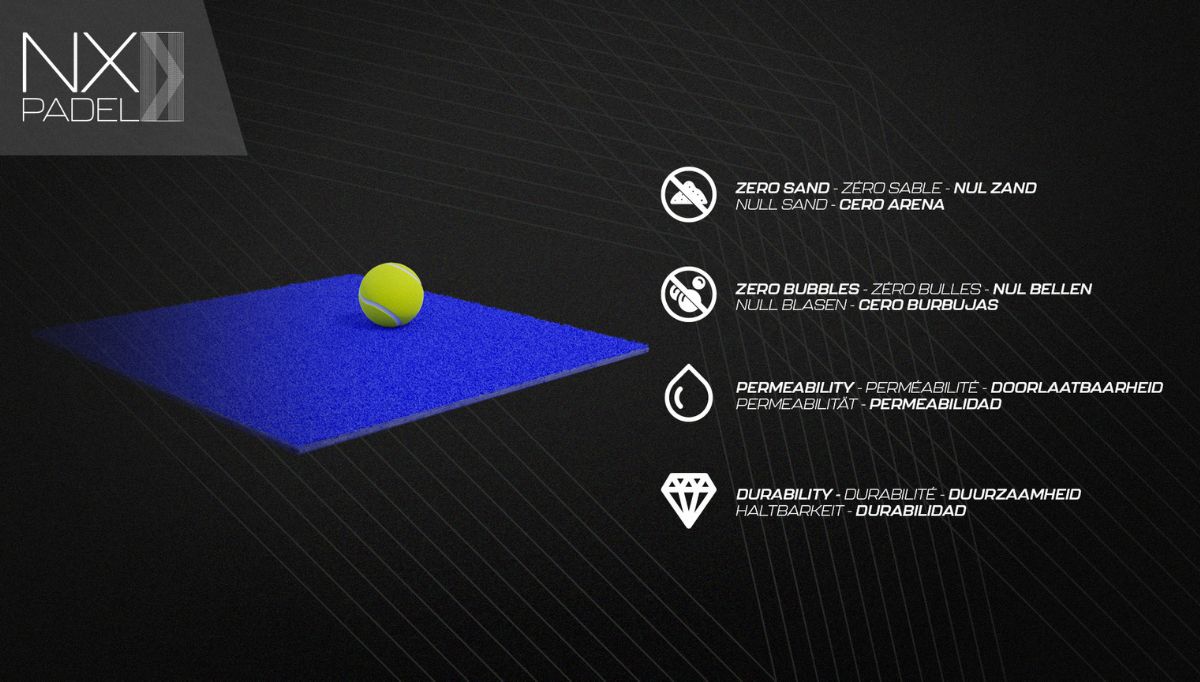
What about permeability? Here again, ZeroS responds, and the days of having to wait at least 3 hours for the padel court to dry out completely after rain will be only a distant memory! Unlike traditional synthetic turf mats that have a latex film at the bottom from which water escapes through some drainage holes, the entire surface of ZeroS is allowing water to pass through, and the court will be ready to be used safely in much less time.
In the final analysis, we could not fail to mention the aesthetics. The great advantage of ZeroS is that thanks to the absence of sand, the padel court will look perfect from the first moment after installation and will retain this beauty forever.
As we have seen in this article, synthetic grass is also a component of the padel court that continues to evolve and update, going hand in hand with the great global expansion of the sport. All that remains is to choose the ideal solution by going to analyze all the variables and their advantages both economically and in terms of desired performance and…you’re done!
|
You may be interested in: |



